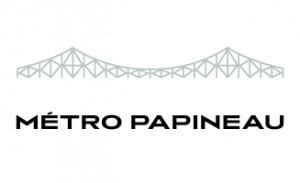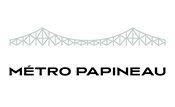Post-operative diet: why your meals matter
After having your wisdom teeth removed, your mouth begins a healing phase where mechanical pressure, extreme temperatures, or bacterial exposure can delay recovery. The surgical site is vulnerable, and the blood clot that forms must remain intact to protect the bone and nerves underneath. If dislodged, it can lead to complications such as dry socket, infection, or delayed healing. That’s why your diet should be adapted during the first few days—not restrictive, but carefully considered. At our Montréal clinic, patients often ask what they can eat once they return home. The answer depends on how far along they are in their recovery, but some general rules apply from day one.
The first 48 hours: cold, soft, and soothing
In the first two days, your goal is to reduce swelling and avoid irritating the area. Cold, smooth foods help calm inflammation and ease pain. While ice cream (without chunks or nuts) is a classic go-to, there are plenty of alternatives: applesauce, banana-based smoothies, cooled vegetable purée, plain yogurt, silken tofu, or scrambled eggs. Every bite should be soft, spoon-fed, and easy to swallow. Avoid using a straw—the suction could dislodge the clot and set back healing. Also steer clear of acidic or spicy foods, which may sting or irritate exposed tissue.
Foods to avoid: hard textures, small particles, and extreme temperatures
During the first week, it’s not the flavour of certain foods that poses a problem—it’s their texture or how easily they can get trapped in the extraction sites. Skip chips, croutons, nuts, rice, fruit seeds, crunchy vegetables, and anything deep-fried. These can irritate the area or leave behind tiny fragments that foster bacterial growth. Very hot foods can also restart bleeding or delay clot stabilization. As a rule of thumb: if you have to chew forcefully or blow on your food before eating it, it’s not the right time for that meal.
Gradually returning to your regular diet
Starting around day three or four, if the pain is easing and your jaw opens more easily, you can begin adding warm, soft foods. Flaked white fish, mashed sweet potatoes, overcooked pasta, and smooth blended soups without chunks are safe choices. Some people feel ready to resume their usual meals sooner, but it’s best to wait about a week before reintroducing a full variety of foods. Chewing should still be done on the opposite side of the extraction, especially if multiple teeth were removed on the same side.
Follow-up care at the clinic
At Clinique Dentaire Métro Papineau, every extraction includes personalized post-operative care. We explain what to eat, when to reintroduce solid foods, and how to watch for signs of infection. If you experience prolonged pain, persistent bad breath, or fever, a quick follow-up appointment lets us assess the healing process. Located in the heart of Montréal, our clinic offers a welcoming environment and clear, hands-on guidance to support your recovery every step of the way.






